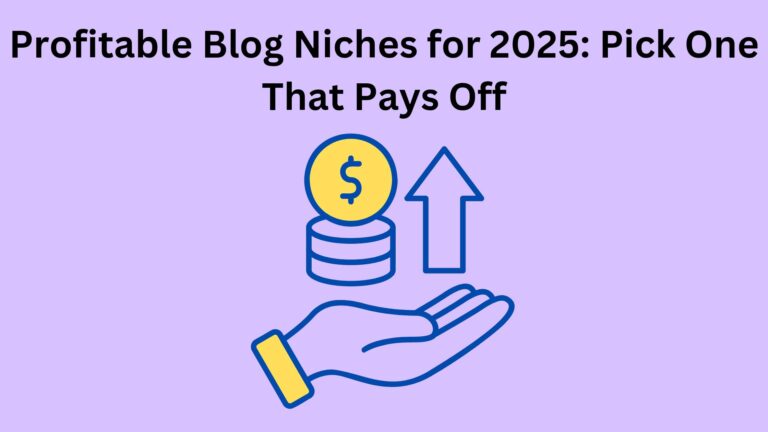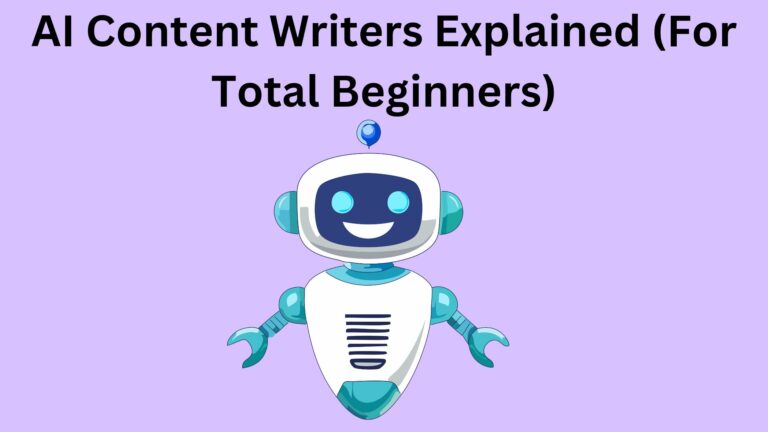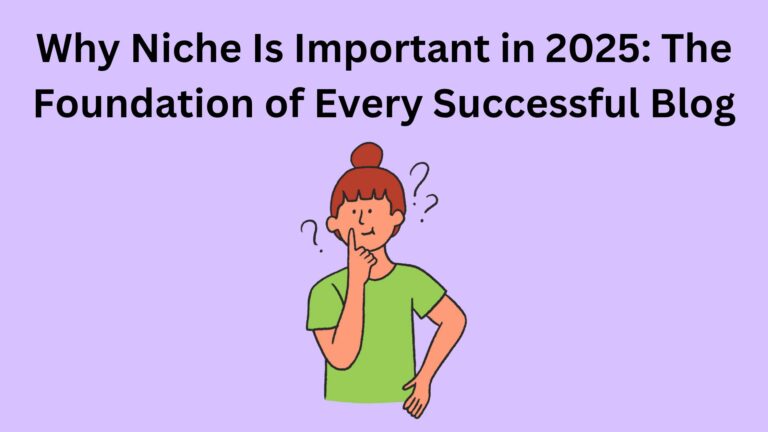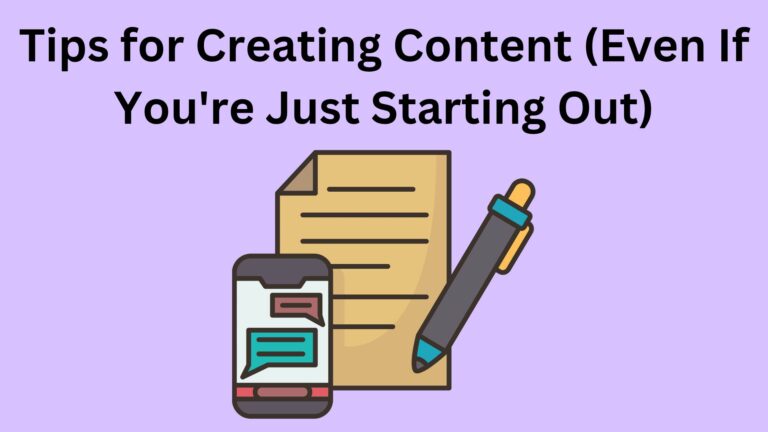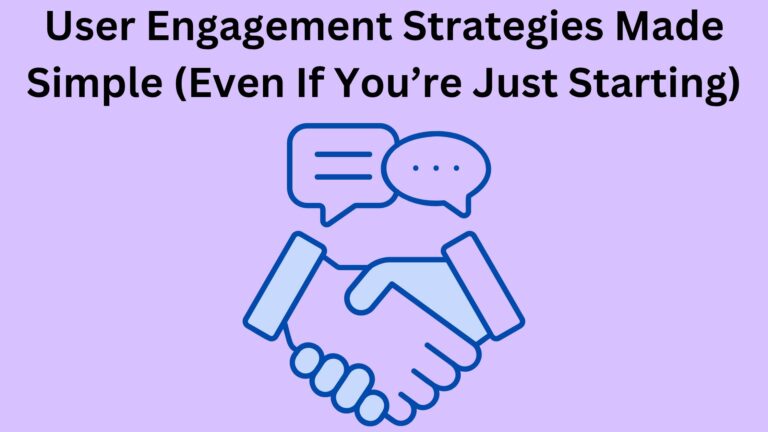Simple Content Plan Examples to Help You Stay on Track in 2025
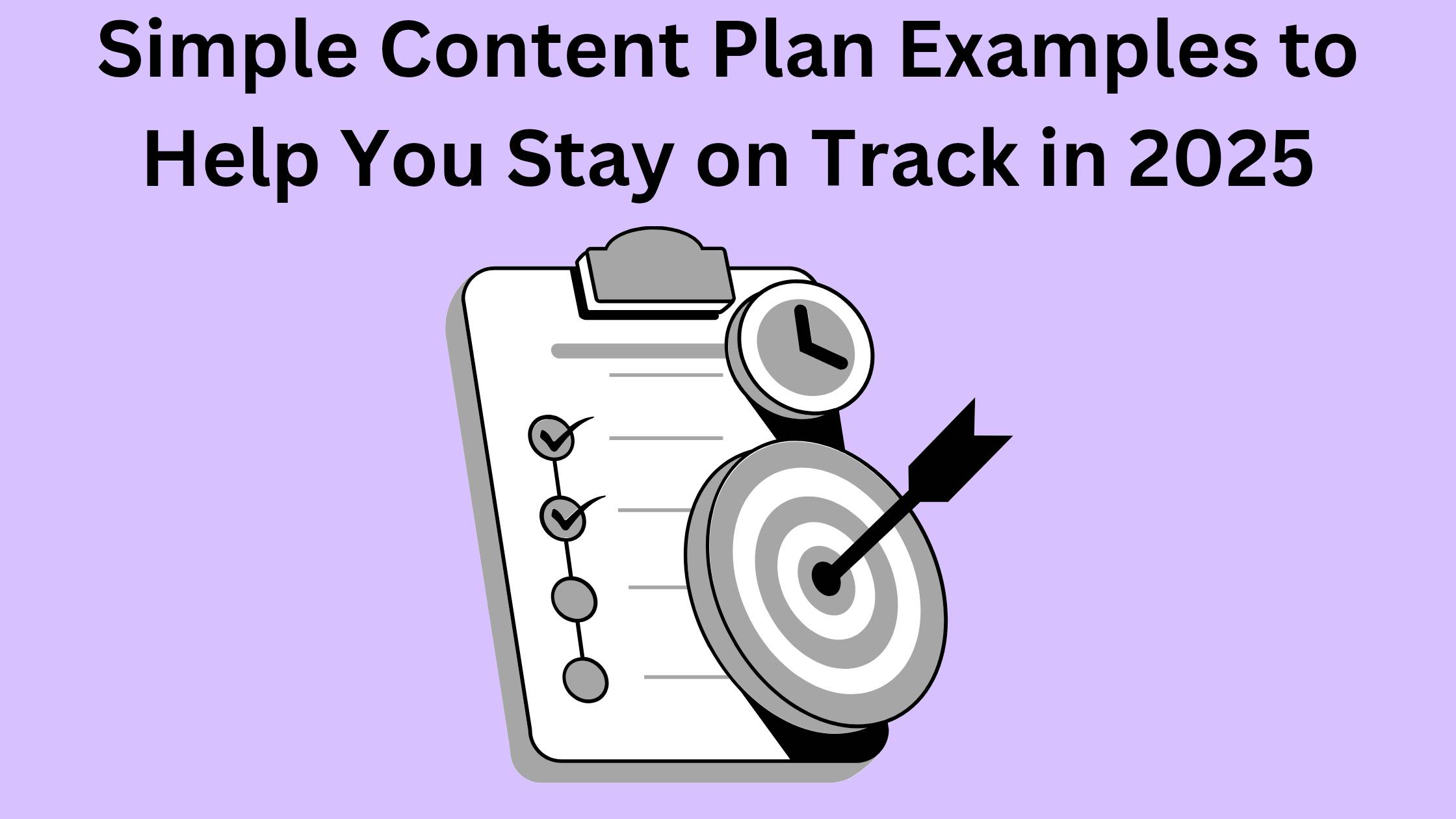
Simple Content Plan Examples to Help You Stay on Track in 2025
What is a Content Plan?
Why You Need a Content Plan
- Posting random stuff that doesn’t connect.
- Feeling overwhelmed with ideas (or stuck with none).
- Losing motivation because results feel slow or unclear.
- You stay focused.
- You create content your audience actually wants.
- You grow faster, with less stress.
Simple Content Plan Examples (You Can Copy)
Example 1: 1-Month Beginner Blog Plan
Week 1: Write a “How to Get Started” post in your niche.
Week 2: Answer a common beginner question.
Week 3: Share a simple checklist or tips list.
Week 4: Write a story about your personal experience.
Example 2: Social + Blog Weekly Plan
Monday: New blog post (SEO-friendly).
Tuesday: Create 2-3 social posts from the blog content.
Wednesday: Share a tip or quick insight.
Thursday: Promote an older post.
Friday: Ask a question or post something fun to engage.
Example 3: Monthly Focus Plan
- 2-4 blog posts around that topic.
- A free checklist or guide to grow your email list.
- Social posts that support each blog topic.
- An email to send to your subscribers.
Tools That Make Planning Easier
- Google Calendar – schedule posts like appointments.
- Google Sheets – to build a quick and easy content calendar.
Common Mistakes Beginners Make
Overplanning: Don’t try to plan 6 months in advance. Start with 2–4 weeks.
Being too random: Stick to one niche/topic at a time.
Ignoring SEO: Plan around what people are searching for.
(This blog content strategy guide can help.)
Never promoting your content: You wrote it — now get people to see it.
(Use this guide on content promotion in 2025 to do it right.)
How to Create Your Own Content Plan (Step-by-Step)
1. Define your niche:
Who are you helping, and with what?
2. Choose your content goals:
- Do you want more traffic?
- More email signups?
3. Pick 3–4 main content topics:
These are the big ideas you’ll rotate around.
4. Decide how often you’ll post:
Once a week is great to start.
5. Create a simple calendar:
Don’t overthink it — just write it down.
6. Write with intent:
Each post should solve a problem or answer a question.
7. Promote it:
Share it on Pinterest, Facebook, or wherever your audience hangs out.
8. Track what works:
- Look at traffic and engagement.
- Do more of what works.
Final Thoughts
Need inspiration?
I recommend to read this: 👉 Content Ideation for Beginners: How to Never Run Out of Blog Ideas.
